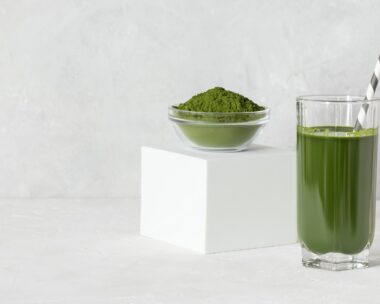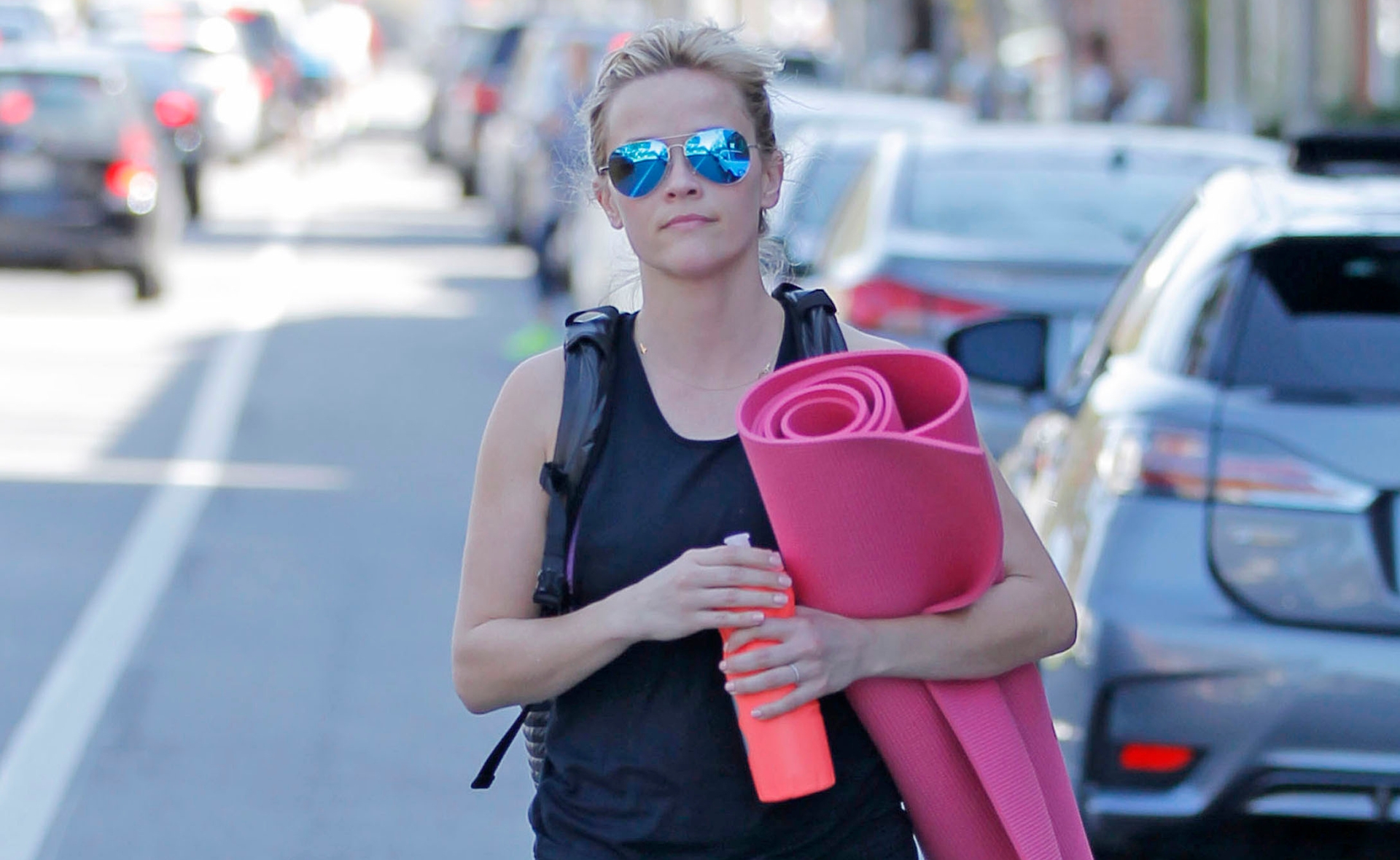The benefits of vitamin D go beyond its role in healthy bones and the scary truth is that many Australians simply don’t get enough, writes dietitian Karen Inge.
Wearing sunscreen right now? Good for you. You’re effectively reducing your chances of developing skin cancer and preventing fine lines and wrinkles.
And now for the bad news. That sunscreen could be risking your health in other ways.
You see, by diligently applying the SPF, you’re decreasing your body’s ability to make vitamin D. And that’s a problem, possibly even a deadly one.
Read on to discover why vitamin D matters as much as it does, whether you’re at risk and what to do about it.
Vitamin D health benefits
Vitamin D is a fat-soluble vitamin that has been widely recognised for its role in maintaining bone and muscle strength.
It is not a nutrient in the usual sense since, under normal conditions, it is supplied mainly by the skin.
In addition, its physiological actions are attributable to the active metabolite, 1,25-dihydroxyvitamin D, which because it is synthesised in the kidneys and acts elsewhere is often called a hormone.
Vitamin D is essential for enhancing calcium absorption in the gut and regulating calcium and phosphate concentrations in the blood to promote normal bone mineralisation.
If there is mild to moderate vitamin D deficiency, calcium absorption is impaired, which can result in decreased bone density and muscle strength, and an increase in fractures.
In fact, many studies have linked vitamin D deficiency with falls and fractures in both women and older men. If the deficiency is severe, osteomalacia (soft bones) can develop in adults as well as rickets (bone malformations such as bowed legs and knocked knees) in children.
Yet there’s more – so much more. Much of the research has been led by Dr Michael Holick, Professor of Medicine, Physiology and Biophysics at the Boston University Medical Centre. He has studied vitamin D for more than 30 years, published widely in peer-reviewed journals and has recently published a book, The Vitamin D Solution.
He, along with many other researchers, including Associate Professor Rebecca Mason from the University of Sydney, agree that there is accumulating evidence that adequate vitamin D also protects against certain cancers, particularly breast, prostate and colon cancer, helps to prevent auto-immune diseases, such as multiple sclerosis, Type 1 diabetes, inflammatory bowel disease and rheumatoid arthritis, plus decreases the risk of high blood pressure, Type 2 diabetes, susceptibility to infection as well as reducing overall mortality including cardiovascular mortality.
How much do we need?
The Recommended Dietary Intake (RDI) of vitamin D is 5-15 micrograms per day (200-600IU). The amount varies depending on age:
Children of all ages – 5mcg (200IU)
Males and females 14 -50 yrs – 5mcg (200IU)
Males and females 51-70 yrs – 10mcg (400IU)
Males and females >70 yrs – 15mcg (600IU)
According to Professor Caryl Nowson, another Australian vitamin D researcher, our average dietary intake of vitamin D is low, varying from 1.2-2.6 micrograms per day, which is less than 50 per cent of the RDI.
Where do we get it?
The main source of vitamin D is from sun exposure. The UV rays convert pre-vitamin D in the skin to vitamin D3. This conversion is reduced by 95 per cent when we use sunscreen and reduced by 70 per cent as the skin ages. The challenge exists to balance the need for sun exposure against the risk of skin cancer.
The current advice is to expose your skin to the sun safely, say 15 per cent of the body (face, arms and hands) for six to 10 minutes from October to April, at non-peak UV times, and 15 to 30 minutes from May to September, at non-peak UV times.
In other words, in summer, walk for a few minutes in the sun at morning and afternoon tea times most days with bare arms. In winter, walk in the sun for 20 minutes in Sydney, 30 minutes in Melbourne and seven minutes in Cairns at lunchtime most days with your sleeves rolled up.
We also obtain vitamin D through our diet, but very few foods contain significant amounts. Rich sources of vitamin D include oily fish such as trout, herring, sardines and mackerel. Other sources include egg yolks, cheese, liver, margarine and fortified dairy products.
Mushrooms contain an inactive form of vitamin D and new developments in the mushroom industry will soon provide us with mushrooms which have been zapped with UV light, making them a great source of vitamin D, especially for vegetarians.
Adding more D in your diet
Use a vitamin D-fortified milk on your breakfast cereal and in tea and coffee.
Have sardines on toast spread with a vitamin D-enriched margarine.
Enjoy a salad nicoise for lunch, using smoked trout instead of tuna for extra vitamin D.
Try pickled herring with finely chopped onion on sourdough rye bread for a quick and tasty lunch.
Add a dollop of vitamin D-enriched yogurt on your fruit salad for a snack.
Enjoy a cheese omelette made with a splash of vitamin D-enriched milk.
Try eating alfresco (in the sun) to help boost your vitamin D levels.
What about supplements?
Supplements can be useful when sun exposure is not recommended or not practical due to illness, or cultural or religious beliefs. For all those people, the recommended supplement dosage is at least 1000IU of vitamin D3 per day. The best advice is to consult your health practitioner and have your individual needs assessed.
Who is at risk?
Groups most vulnerable to developing vitamin D deficiency are those who have little exposure to the sun.
These may be people who work long hours indoors, those who smother themselves in sunscreen and the frail elderly, particularly those in nursing homes or hospitals.
Others at risk are those who, for religious or cultural reasons, cover up and do not expose their skin to the sun and people with dark skin because melanin reduces the amount of UV radiation getting through the skin.
The children of mothers who are mildly vitamin D deficient are doubly at risk. Breast milk is a poor source of vitamin D – even more so if the mother has poor vitamin D status – and if the child is wrapped up constantly and kept out of the sun.
Related: Thirteen unusual uses for lemons
If you have some form of malabsorption, such as coeliac disease, cystic fibrosis or inflammatory bowel disease, it may be worth checking your vitamin D levels. New research is suggesting that obesity may also be a risk factor for low vitamin D levels as the vitamin is fat soluble and becomes trapped in fat tissue and is unable to perform its functions.




